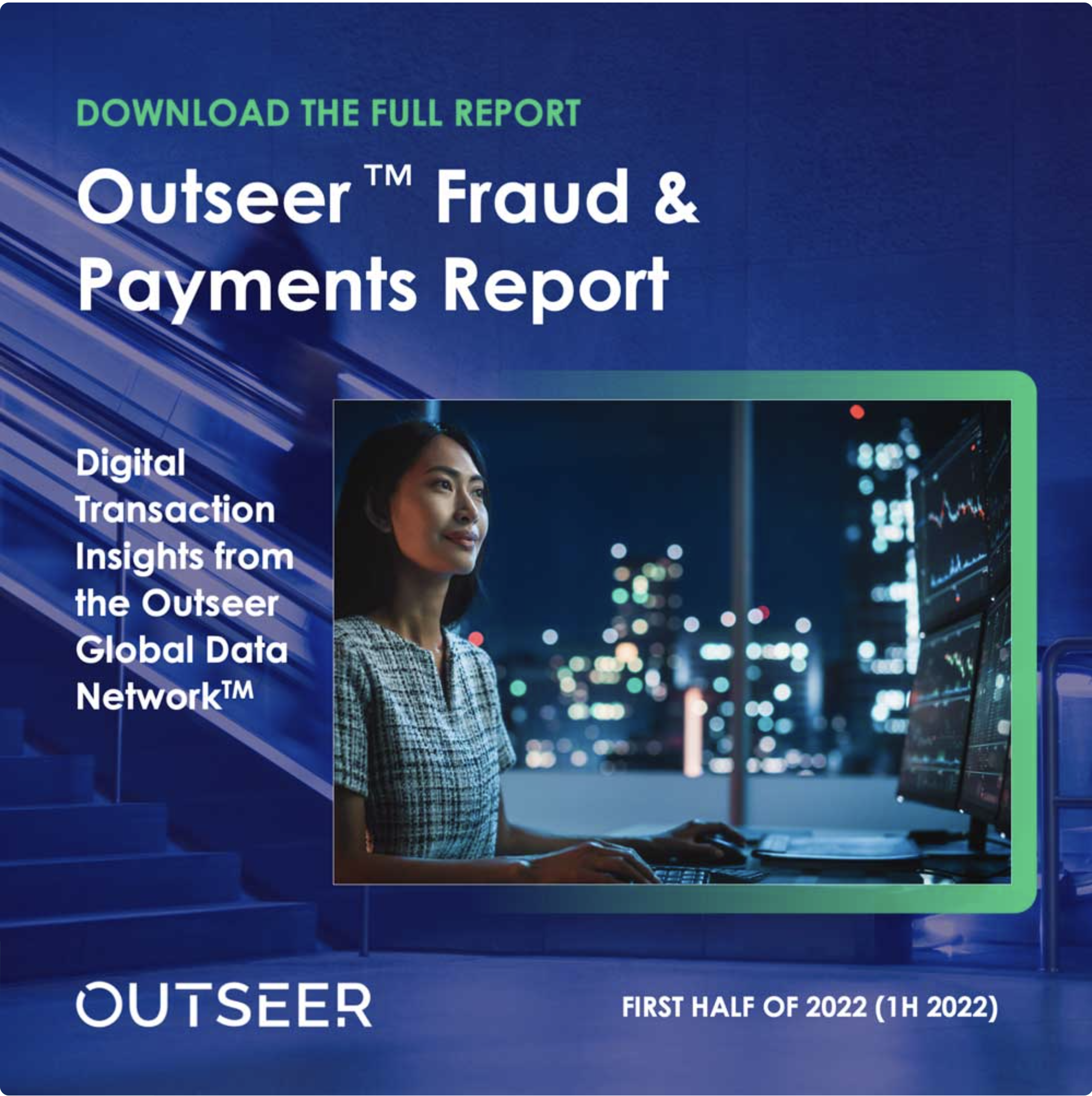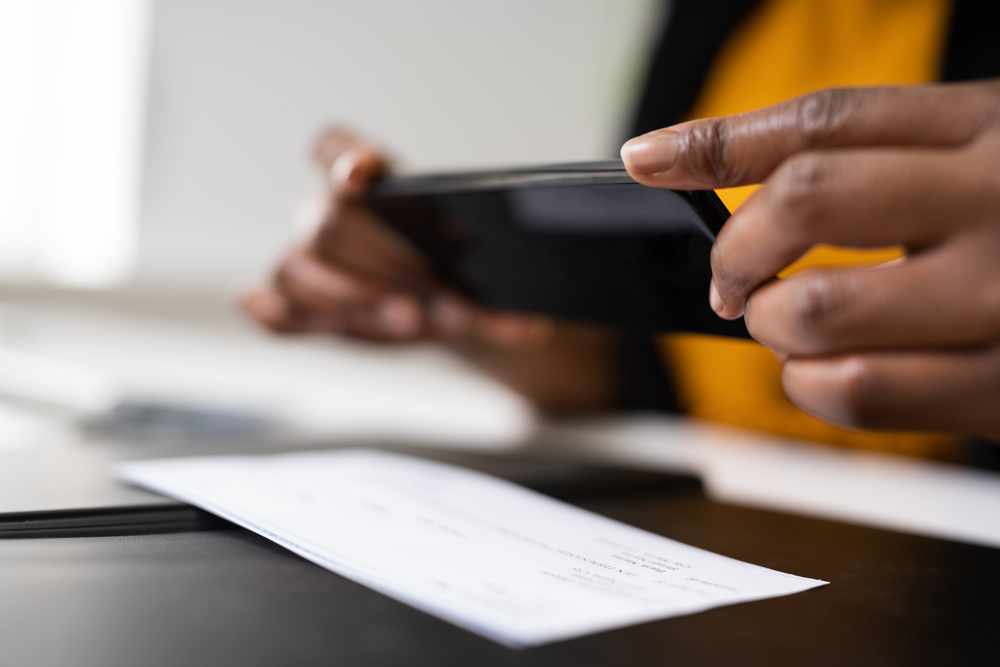Consumer Financial Protection Bureau (CFPB) Tightening Rules for Fraud Money Transfers
- Peer-to-peer payments services are being targeted by scammers
- Because the victim technically initiates the payment, banks in many countries refuse to refund losses incurred this way
- The CFPB may raise banks’ financial obligations to customers who lose money in a payment-services scam
According to a report published in The Wall Street Journal, the Consumer Financial Protection Bureau (CFPB) plans to tighten rules around fraudulent money transfers via services like Zelle, primarily by pushing banks to repay more customers harmed by these alleged scams.
As we noted in a previous blog post published in April 2022, the "CFPB issued detailed guidance to banks regarding the kinds of fraudulent losses they’re required to repay. The regulator made it clear that banks must reimburse customers for losses on transfers that were 'initiated by a person other than the consumer without actual authority to initiate the transfer' -- including those who obtain a victim’s device through fraud or robbery. However, it did not address who is responsible for a fraudulently induced transfer if the customer hits the buttons by accident or by trickery."

It appears that the CFPB is addressing these concerns. As reported by CNBC:
The CFPB, a federal agency created in the wake of the 2008 financial crisis, is preparing to issue guidance in coming weeks that would raise banks’ financial obligations to customers who lose money in a payment-services scam, according to the report.
Banks generally only have liability for such transactions when they’re unauthorized by customers, but the CFPB may raise the bar by deeming payments made to a scammer as unauthorized, according to the WSJ report.
P2P Payments: A Tantalizing Target
Peer-to-peer payment services provide a rich target for scammers:
Matt Schulz, chief credit analyst at LendingTree, said there’s “no question” scammers on peer-to-peer payment services are generally “a big, big problem,” though.
“They’re attracted to these apps like moths to a flame because there’s just so much money flowing through them and because transfers happen so quickly,” he said in an e-mail.
It’s important for consumers to proceed with caution when using these apps because making a mistake may mean they’ll never see the money again, Schulz said.
“This isn’t like credit card fraud where the problem can often be handled with a quick phone call,” he added. “With P2P fraud, real money is often taken from a real account and oftentimes is gone for good. That’s a huge problem, especially in a time of rising inflation when so many Americans live on a tight budget.”
The Infosecurity Group reports that a scammer posing as a trusted entity generally tricks the victim into transferring money to a bank account under their control -- popular modes include crypto and romance scams.
As the victim technically initiates the payment, banks in many countries refuse to refund losses incurred this way.
These scams now comprise 75% of all digital banking fraud based on dollar value, according to a new 1H 2022 report from Outseer.

Addressing Fraud with Technology
To be sure, fraud is certainly not confined to digital banking -- checks are targeted vigorously as well -- but fraudsters are focusing on authorized push payment (APP) fraud to the extent that it now represents and encompasses the fastest growing types of scams.
Head of Product for Outseer (see their Fraud & Payments Report: 1H 2022), Mark Crichton, noted:
“We’ve all seen the news stories about APP fraud, but the fact that these attacks are getting more frequent, more sophisticated and make up three-quarters of fraudulent transactions should sound the alarm bells for banks,” he added. “Technologies like AI and machine learning help recognize unusual patterns in payments and prevent fraud at the source.”

The AI and machine learning technology utilized for P2P transactions is the same transactional-analysis system used in check fraud in that the technology monitors each transaction to identify anomalous behavior. However, P2P is similar to cash in that it is instant and the funds could be gone in a matter of minutes.

This is where checks have the payment advantage, as the funds availability provides a "buffer" for consumers and banks. This enables banks to deploy more technology like image-forensic AI to analyze the image of paper-checks better detect anomolies, providing additional capabilities and catching more fraud.
Fraudsters will continue to exploit vulnerabilities within any payment channel, and it is on the banks to deploy the technologies available to prevent their success.